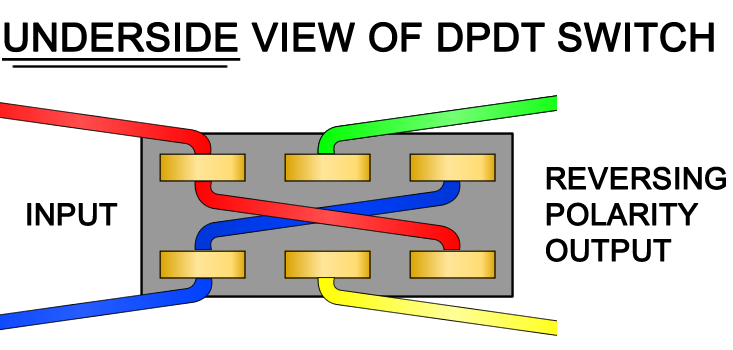Riverbankannie
LIFE MEMBER
Our Omnivent is giving the dancing led lights. After switching on the fan runs for a few seconds and then the 2 outer leds flash in turn.
According to the manual, this is “motor blocked”.
However himself has dismantled the motor, checked the brushes etc and all the things mentioned on other forums. We have also connected it directly to a spare 12v battery and the motor runs the fan easily and quietly in both directions (if a bit too fast!).
We are unwilling to fork out the £80 plus for a new controller as by all accounts we read (admittedly people only post when there are problems), they fail again quite quickly.
We have a 2015 version with a sealed pcb and don’t think it was damp getting in.
Considering replacing controller with simple rocker on/off, in/out switches but thinking we also need something to cut down the speed of the fan by using resisters? The motor has 12v stamped on it but as I said, when running directly from the battery it nearly takes off !
Anyone done something similar or can help with what bits to get please
Thanks in advance.
According to the manual, this is “motor blocked”.
However himself has dismantled the motor, checked the brushes etc and all the things mentioned on other forums. We have also connected it directly to a spare 12v battery and the motor runs the fan easily and quietly in both directions (if a bit too fast!).
We are unwilling to fork out the £80 plus for a new controller as by all accounts we read (admittedly people only post when there are problems), they fail again quite quickly.
We have a 2015 version with a sealed pcb and don’t think it was damp getting in.
Considering replacing controller with simple rocker on/off, in/out switches but thinking we also need something to cut down the speed of the fan by using resisters? The motor has 12v stamped on it but as I said, when running directly from the battery it nearly takes off !
Anyone done something similar or can help with what bits to get please
Thanks in advance.



